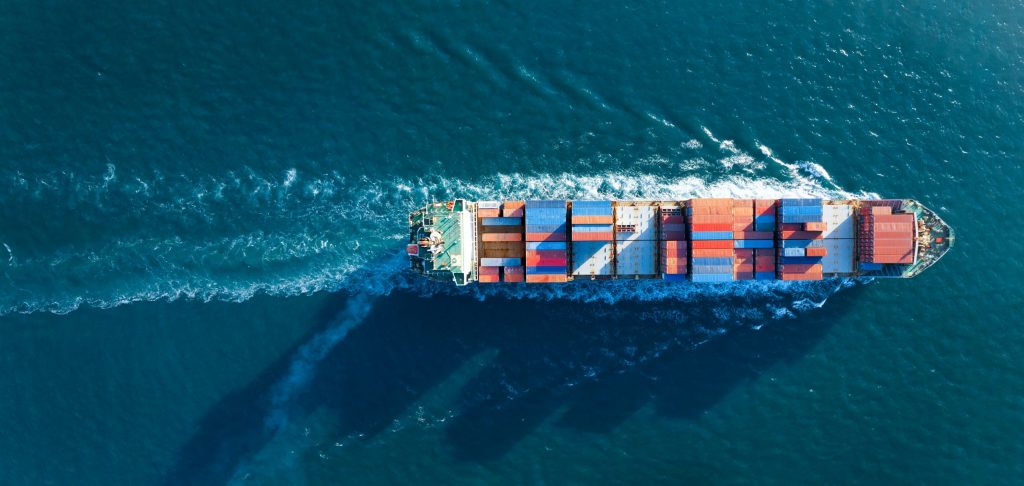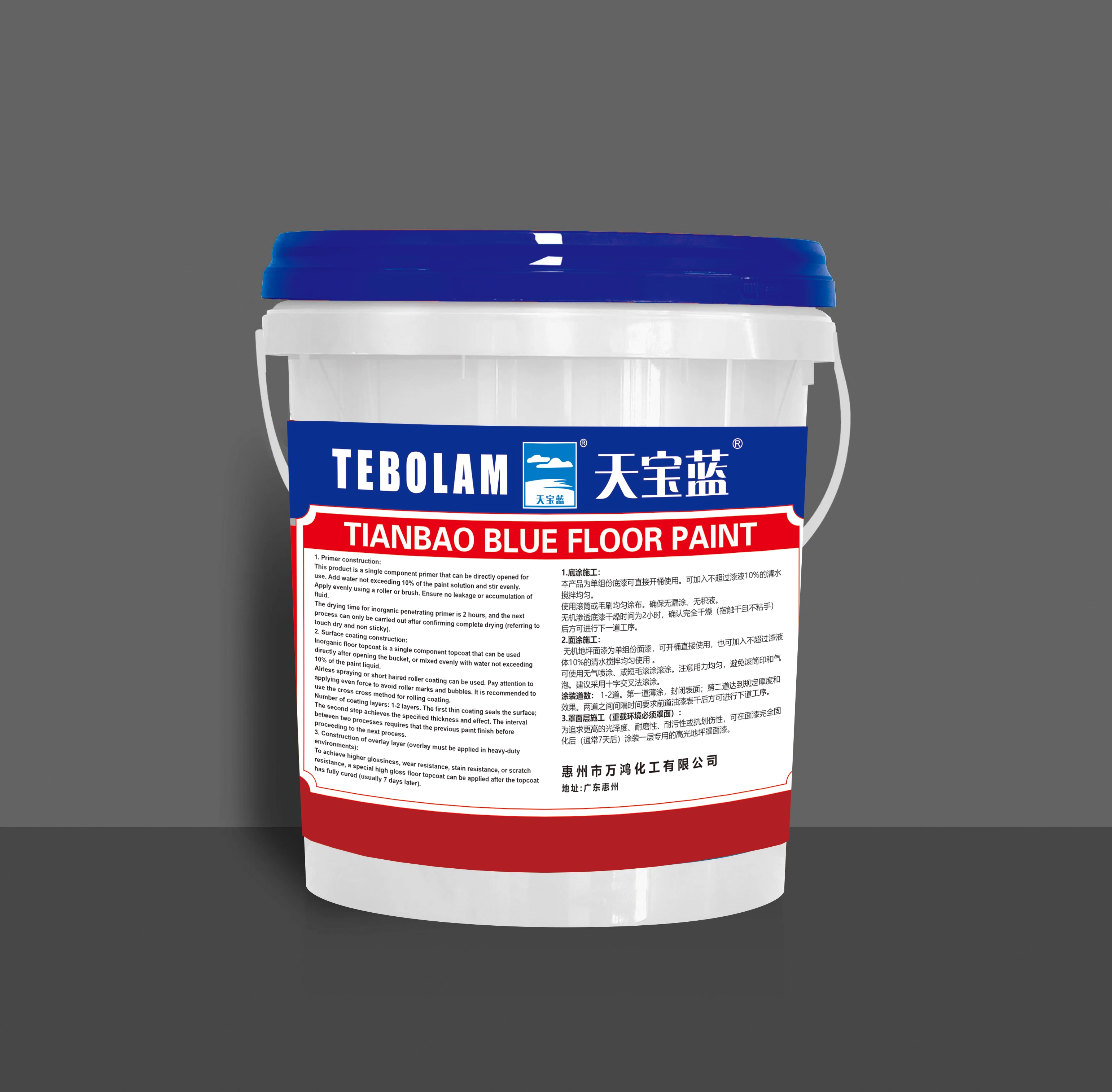Freight forwarding plays a crucial role in global trade, facilitating the movement of goods across borders and ensuring smooth logistics operations. With the ever-increasing complexity of international supply chains, it is essential to understand the different types of freight forwarding services available. In this article, we will delve into the various types of freight forwarding, providing valuable insights into their functions, benefits, and key considerations.
- Ocean Freight Forwarding:
Ocean freight forwarding involves the transportation of goods via sea vessels. It is the most widely used mode of transportation for international trade, offering cost-effectiveness and the ability to handle large volumes. Ocean freight forwarding encompasses Full Container Load (FCL) and Less than Container Load (LCL) services, enabling businesses to ship goods in containers or share space with other shipments, respectively. Key considerations include transit time, port selection, and customs clearance procedures. - Air Freight Forwarding:
Air freight forwarding is known for its speed and reliability, making it ideal for time-sensitive shipments. This type of forwarding involves the transportation of goods by air carriers, ensuring quick delivery to destinations worldwide. Air freight forwarding offers various services, such as express delivery, door-to-door services, and specialized handling for perishable or hazardous goods. Factors to consider include transit time, cargo restrictions, and compliance with aviation regulations. - Road Freight Forwarding:
Road freight forwarding involves the transportation of goods by road, either within a country or across borders. It offers flexibility, accessibility, and cost-effectiveness for both domestic and regional shipments. Road freight forwarding services include trucking, intermodal transportation, and customs clearance at land borders. Considerations for road freight forwarding include route optimization, border crossing procedures, and compliance with road transport regulations. - Rail Freight Forwarding:
Rail freight forwarding provides an efficient and environmentally friendly mode of transportation, particularly for long-distance shipments. It offers advantages such as high capacity, reduced transit times compared to ocean freight, and lower costs compared to air freight. Rail freight forwarding services include block trains, intermodal transportation, and customs clearance at rail terminals. Key considerations include route planning, transit times, and coordination with rail operators. - Multimodal Freight Forwarding:
Multimodal freight forwarding combines different modes of transportation to optimize logistics operations and provide end-to-end solutions. It offers flexibility, cost-effectiveness, and enhanced supply chain visibility. Multimodal freight forwarders coordinate the seamless movement of goods across various transport modes, ensuring efficient door-to-door delivery. Key considerations include route optimization, intermodal coordination, and documentation management.
Conclusion:
Understanding the different types of freight forwarding is crucial for businesses involved in international trade. Each type offers unique advantages and considerations, allowing companies to choose the most suitable option based on their specific requirements. Whether it's ocean, air, road, rail, or multimodal freight forwarding, partnering with a reliable and experienced freight forwarder is essential for successful logistics operations in today's global marketplace.




More Stories
Industrial-Grade Audible Pedestrian Signals with Directional Sound for Safe and Confident Crossing
Racing Motorcycle Engines: Understanding Power, Torque, and Performance
OHMIEX D9 Intelligent Riding System: Redefining the Intelligent Riding Communication System for B2B Markets